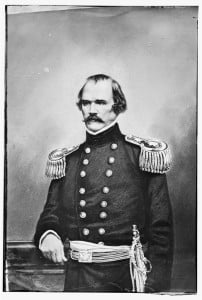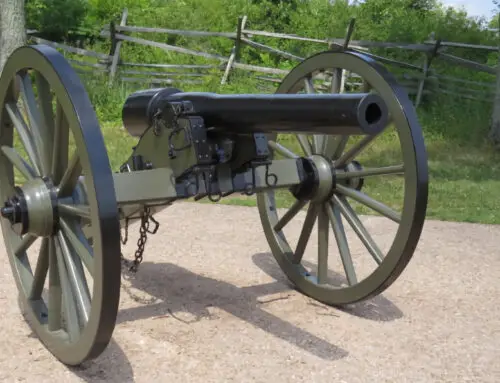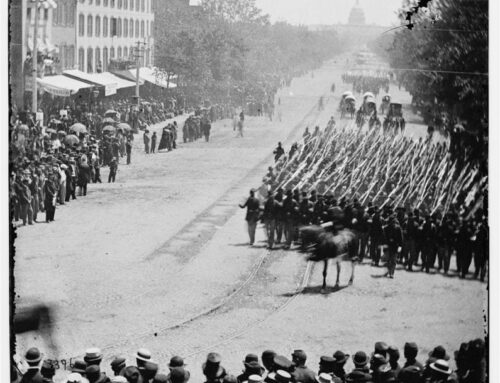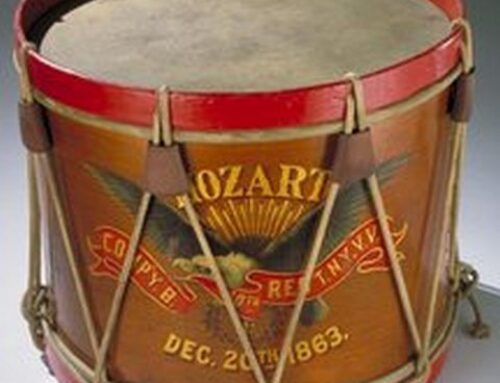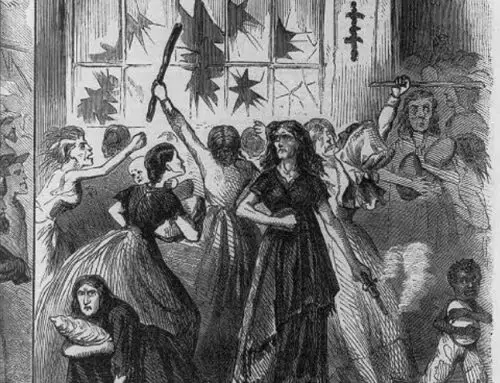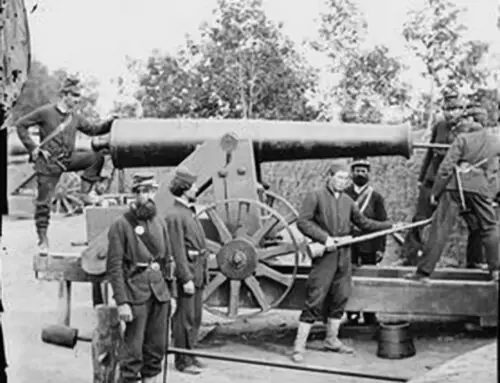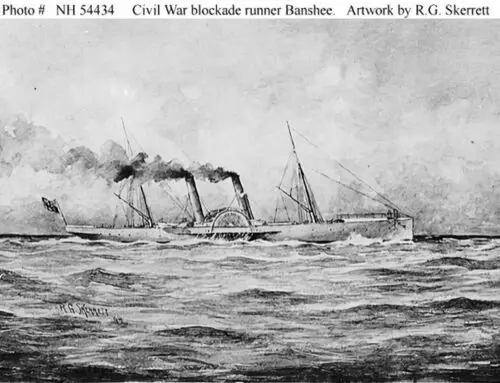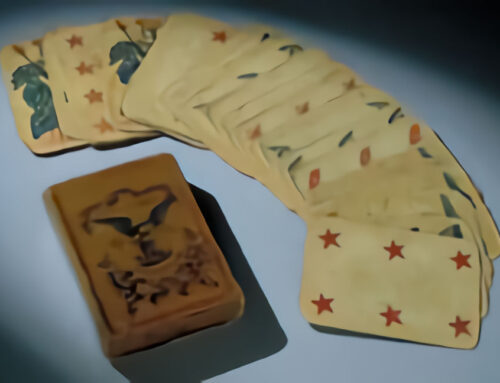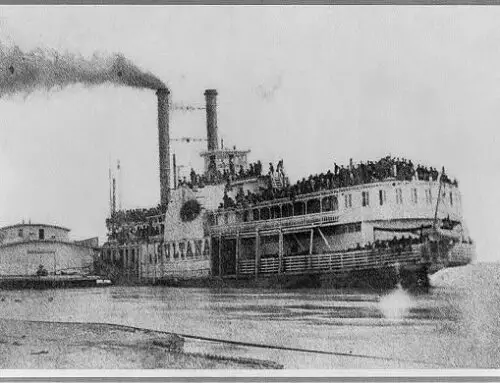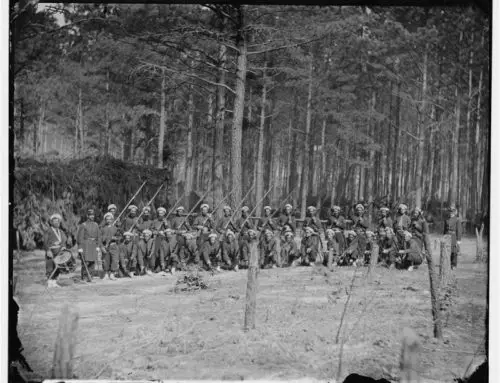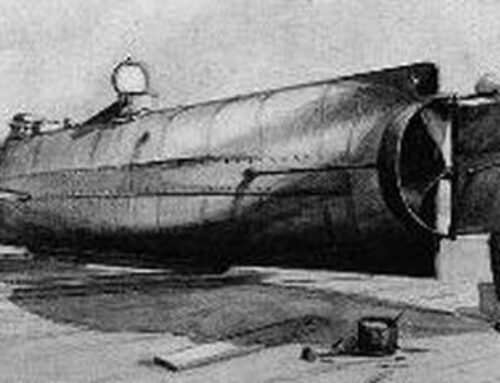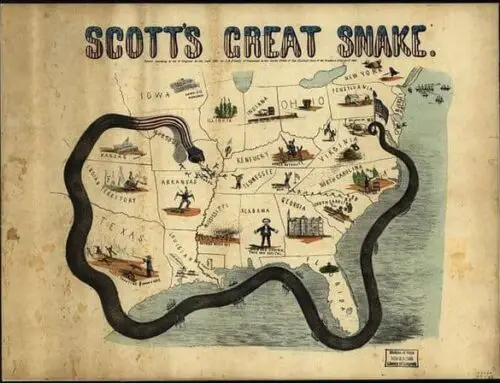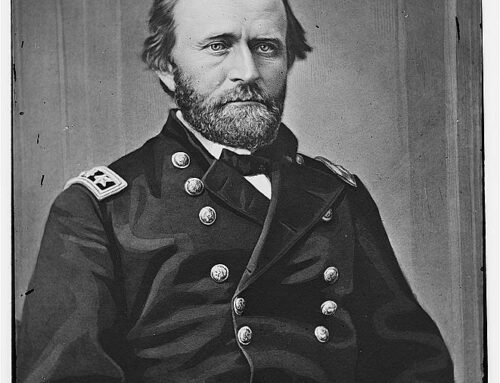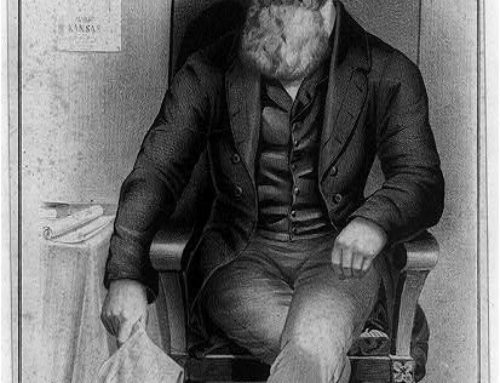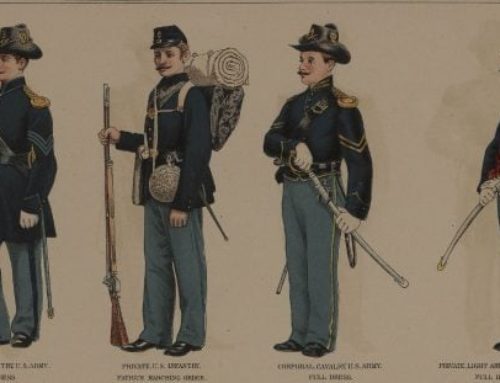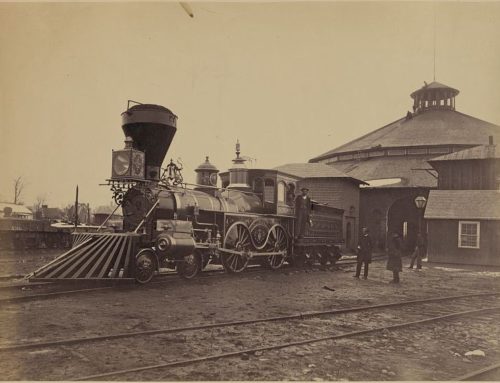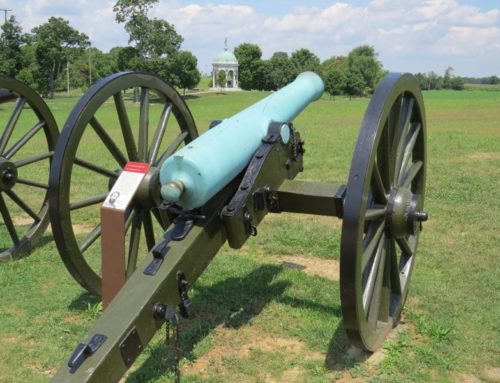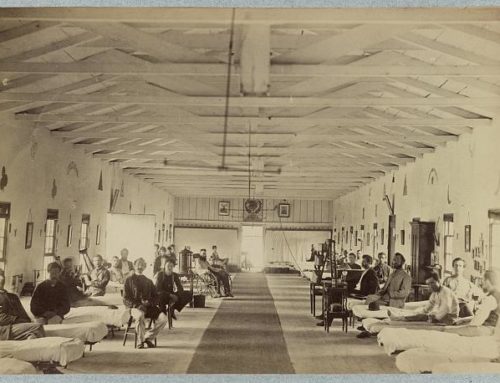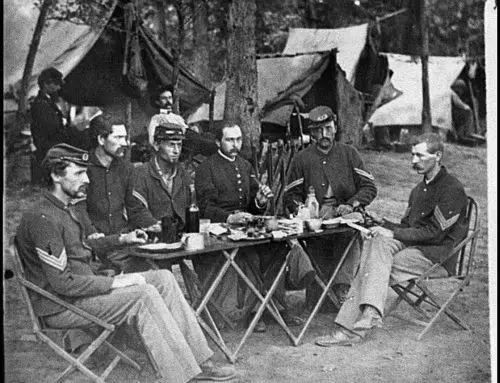(1803-1862)
Albert Sidney Johnston was born on February 2nd 1803 in Washington, Kentucky. At the outbreak of the Civil War he immediately resigned his commission in the United States army and promptly joined the Confederate army.
He was given the rank of full general. A rank held only by a handful of other officers. He had dedicated almost his entire adult life to military service.
He had been involved with several wars over his career, such as the Black Hawk War, Texas Revolution, the Mexican-American War and the Utah War in which he led the army that put down a Mormon revolt in Utah. He was regarded at the beginning of the Civil War as the best general in either army.
To learn more about Albert Sidney Johnston take a look at #ad Albert Sidney Johnston: Soldier of Three Republics
Albert Sidney Johnston was second in command of the entire Confederate army. Confederate president Jefferson Davis gave Johnston command of Confederate Department No. 2 which was a huge area that covered the entire western theater of the Civil War. His command stretched from the Appalachians to the Mississippi River. It was a vast territory that was extremely difficult to guard against attack.
Unfortunately for the Confederacy things did not go very well for them in the west. They were defeated at the Battle of Mill Springs in Kentucky on January 19th 1862. In February 1862 Union General Ulysses S. Grant attacked and captured Fort Henry and Fort Donelson. Losing these forts was a devastating blow to the Confederates since they guarded the Tennessee and Cumberland rivers.
These forts were the responsibility of General Johnston and he failed to keep them protected. It is hard however to blame General Johnston for these defeats, the Confederates were outnumbered, had to defend a large territory, and they were always short of supplies and food. General Johnston did the best he could with what he had.
In March 1862 the Union’s objective was Corinth Mississippi.
General Johnston focused his 44,000 strong army at Corinth in order to protect the rail lines which were vital to the region for supply and communication, which the Union was trying to cut. Two Union armies were converging in order to attack the Confederacy in the west and deal a devastating defeat to the rebels. One army with 40,000 men was led by General Grant and the other with 20,000 men was led by General Don Carlos Buell. Once they joined each other they would be an unstoppable force that the Confederates would have little hope in defeating.
In March 1862 General Grant and his army landed at Pittsburg Landing, Tennessee where they set up a base of operations only 22 miles from Corinth Mississippi. There they waited for the arrival of General Buell and his army. General Johnston saw an opportunity to attack the Union army before they were able to join together and hopefully inflict a devastating defeat on them.
Albert Sidney Johnston Death
Albert Sidney Johnston went on to lead the Confederate troops that attacked the Union army at Pittsburg Landing on April 6th 1862. This battle is better known as the Battle of Shiloh.
The first day of fighting went very well for Confederate forces, they pushed the Union army back inflicting great losses on them. While leading his troops on horseback during an attack General Johnston suddenly fainted and slumped over in his saddle. His men quickly removed him from his horse, assuming he was wounded.
They frantically searched his body looking for a wound. It was only after someone noticed his boot was full of blood that they realized he had been struck behind his knee. Johnston not thinking the wound was serious ignored it and continued to lead his men. The would was very serious and he could not be saved. He bled to death minutes later. He was the highest ranking officer from either side of the Civil War to be killed in combat.


